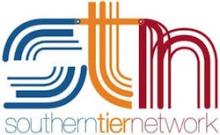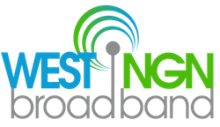Madison, Wisconsin, Releases RFP: Responses Due Oct. 20th
Last year, Madison’s CIO Paul Kronberger spoke with Christopher about the city’s pilot project to bring better connectivity to several lower-income areas. They also discussed the community’s separate plan to deploy dark fiber infrastructure across the city. The city recently released its Request for Proposals as they seek a partner for deployment for a Fiber-to-the-Premise (FTTP) network. Final proposals are due October 20th.
The RFP comes about a year after the community finished a feasibility study to examine costs, interest, and business models for a city-wide municipal network.
Publicly Owned With Help From A Partner
Madison has a specific business model in mind. They are looking for a partner willing to emulate Huntsville’s approach, in which the city designs, builds, and owns a dark fiber network. A private sector partner constructs fiber drop cables from the public rights-of-way to the subscribers’ premises. The partner handles lit services responsibilities and the city takes care of all dark fiber concerns. Madison also wants its partner to take on the task of obtaining access to necessary private easements. The community is looking for a firm that is willing to establish a long-term relationship.
The city has determined that the project will consist of 114,680 residential passings, which includes both single-family and multi-family dwellings. The number of business passings has been calculated to 10,331. All community anchor institutions (CAIs) will also be connected.
The Vision For Madison
Approximately 247,000 people live in the state's capital city, having seen an increase of 8.6 percent since 2010. Madison is considered a town with an exceptional quality of life, in part because the city has established a set of Racial Equity & Justice (RESJ) goals. Their desire to invest in the infrastructure to bring equitable service to all of the community is an extension of those goals.




